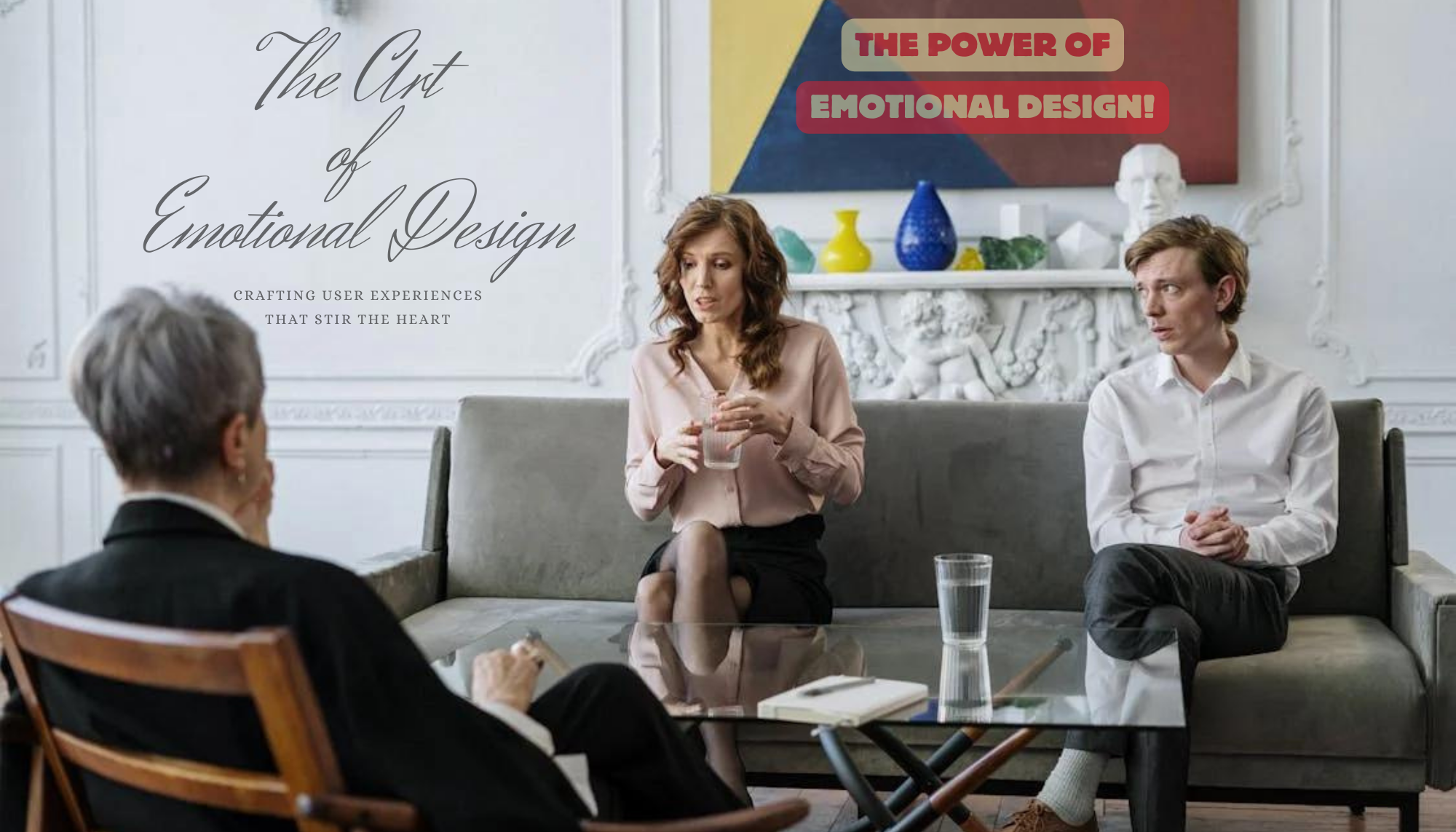In the realm of design, where functionality often takes center stage, emotional design emerges as a potent force—a tool wielded to evoke feelings, forge connections, and leave lasting impressions. Beyond mere usability, emotional design delves into the realm of human psychology, recognizing that our decisions are not purely rational but deeply influenced by our emotions, instincts, and subconscious reactions. In this exploration, we uncover the essence of emotional design and its profound impact on crafting user experiences that resonate on a visceral level.
Understanding Emotional Design
At its core, emotional design is rooted in empathy—the ability to understand and connect with the emotions of users. Designers must go beyond surface-level functionalities and delve into the psyche of their audience, discerning their needs, desires, and pain points. By empathizing with users, designers can create experiences that transcend mere utility, addressing the deeper emotional and psychological aspects of human behavior.
Emotional design recognizes that humans are not purely rational beings; our decisions are often guided by emotions, instincts, and subconscious reactions. Therefore, designers must consider not only how a product works but also how it makes users feel.
The Power of Storytelling
Central to emotional design is the art of storytelling—a timeless tool for captivating hearts and minds. Through narratives woven into product experiences, designers can tap into deep-seated emotions, eliciting feelings of joy, nostalgia, or inspiration. Whether through compelling advertising campaigns, evocative product packaging, or immersive digital experiences, storytelling infuses products with meaning, resonating with users on a profound level.
Stories have the power to evoke emotions, shape perceptions, and foster connections. By weaving narratives into their designs, designers can create experiences that resonate with users on a deeper level, forging lasting connections and driving brand loyalty.
Case Study: Apple
Apple stands as a paragon of emotional design, with products that transcend mere gadgets to become objects of desire. From the iconic simplicity of the iPhone to the elegant design of the Macbook, Apple products evoke feelings of delight, excitement, and connection. Beyond their technical prowess, Apple devices exude craftsmanship and attention to detail, forging an emotional bond with users that extends beyond the realm of technology.
Apple’s success lies not only in its innovative technology but also in its ability to create experiences that stir the heart. Through compelling advertising campaigns, minimalist product design, and intuitive user interfaces, Apple has mastered the art of emotional design, captivating audiences around the world and fostering a deep sense of brand loyalty.
Engaging the Senses
In crafting emotional experiences, designers leverage the power of sensory design—engaging multiple senses to create immersive and memorable interactions. From the satisfying click of a button to the soft glow of a screen, every aspect of a product contributes to its emotional impact. By appealing to sight, sound, touch, and even smell, designers create experiences that transcend the digital realm, leaving a lasting impression on users.
Sensory design is about more than just aesthetics; it’s about creating experiences that resonate on a visceral level. By engaging multiple senses, designers can create immersive experiences that evoke powerful emotions, forging deep connections with users and leaving a lasting impression.
Case Study: Luxury Cars
Luxury car brands like Mercedes-Benz and BMW excel in sensory design, creating vehicles that evoke feelings of luxury, comfort, and status. From the supple leather seats to the precision-engineered sound systems, every detail is meticulously crafted to engage the senses and create a sense of opulence. Through sensory experiences, luxury carmakers elevate their brands beyond mere transportation, forging emotional connections with discerning consumers.
Luxury cars are more than just modes of transportation; they’re expressions of style, sophistication, and status. By focusing on sensory design, luxury car brands create experiences that transcend the ordinary, appealing to the emotions and aspirations of their customers.
Conclusion
In a world inundated with choices, emotional design emerges as a strategic imperative—a means of differentiation and connection in a crowded marketplace. By empathizing with users, telling compelling stories, and engaging the senses, designers can craft experiences that resonate on a deeply emotional level, fostering loyalty and affinity with their brands. In this pursuit of emotional resonance, design transcends mere functionality to become a transformative force—a catalyst for stirring the heart and enriching the human experience.
Emotional design is not just about creating products; it’s about creating experiences that touch people’s lives, evoke powerful emotions, and leave a lasting impression. By harnessing the power of empathy, storytelling, and sensory design, designers can create experiences that stir the heart, forge deep connections, and inspire lasting loyalty.

